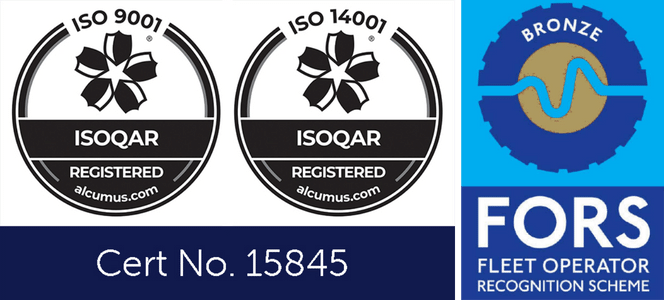What is a non-expansion anchor, why should I use one and what’s available?
When fixing into a substrate such as masonry, concrete and blockwork, there’s essentially two main types of anchor; expansion (also known as a mechanical anchor) and non-expansion, and this denomination relates directly to how the anchor actually ‘anchors’ into the substrate. An expansion anchor works through a mechanical movement within the fixing whereupon a wedge-shaped internal piece of the anchor is pulled or pushed (depending on the anchor type), forcing the outer part of the anchor against the substrate into which it is inserted.
A non-expansion anchor can be one of two main types, resin or chemical and screw. The second type of anchor – the screw – is quickly becoming the preferred choice for M&E services installation contractors.
How does a screw anchor work?
In short, a screw anchor will do just that, screw and anchor. After drilling a pilot hole, the screw can be driven into the substrate with an impact driver. The ‘relaxed’ thread on the screw enables the screw to be driven straight into dense substrate i.e. concrete. The thread cuts into the side wall of the pilot hole and provides a strong, stable anchor.
Why would I use one?
There’s several advantages to using screw anchors over mechanical expansion anchors;
For use in cracked concrete.
Concrete often cracks with age, extreme temperatures, stress and weight loading, In some cases, concrete classed as ‘cracked’ will still be an integral part of a structure and may need to be fixed into. Using an expansion anchor can put further stress on weak, cracked concrete. Using a screw anchor can provide equivalent or even superior weight loading capacity without any expansion activity, thereby not compromising the integrity of the substrate.
Speed
Concrete anchors are very quick to install. Once a pilot hole has been drilled, the fixing can be simply driven in with an impact driver. There are a variety of heads and driver points, from a common hex head configuration to a star drive. Using a screw anchor means that you won’t need any type of setting tool and installation take place without the use of hand tools. Fixing steel (for example, slotted channel) to concrete can be achieved without using washers, nuts and set screws (bolts).
Versatility
Concrete screws come in a number of configurations, from rod hangers (with a female thread), dome headed screws, heavy duty bolts and hex key driven countersunk screws. This range gives much greater versatility than traditional expanding anchors and can provide a more professional finish to an install. For examples using rod-hanging screws means that you can avoid the use of channel, reducing install time and providing a smarter appearance substantially.
Cost
Concrete screws enjoy one major attribute; simplicity. They’re simple to install (just drive them in) and they’re a one-part build with no moving parts. This means that they’re not only significantly cheaper to install, but in most cases, the screw is cheaper than a traditional anchor install and assembly. Using concrete screws on a project can significantly speed up install, and reduce costs.
What’s a blue tip?
A bluetip concrete screw is a version of the concrete screw that is intended for multiple use. To indicate wear and suitability for further use, the end of the screw is supplied with a blue painted tip; as the screw is used, the paint is worn off and when the majority of the paint is gone, the screw is no longer suitable for use.
